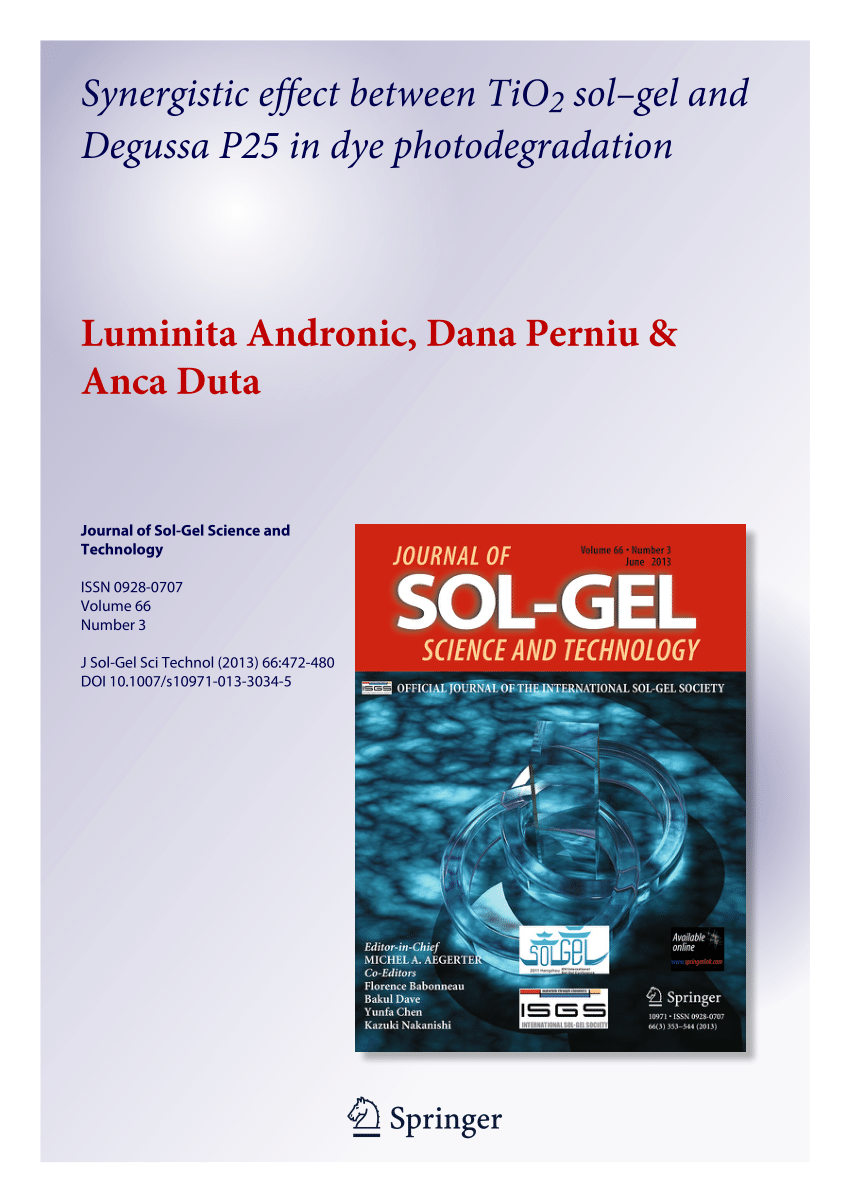In light of environmental issues such as the depletion of hydrocarbon resources and global warming, the adoption of environmentally sustainable method of power generation has become crucial nowadays. In this regard, oxygen evolution reaction (OER) refers to the electrochemical formation of oxygen gas from water molecules, constituting a fundamental and challenging step in transforming electrical energy into chemical energy. The current study has focused on improving OER performance by designing CuSe/PANI nanocomposites as efficient and durable electrocatalysts. The resultant nanocomposite was thoroughly characterized using a comprehensive set of analytical techniques. All the studies validate the phase composition and structure of the CuSe/PANI nanocomposite. The electrochemical evaluations in 1.0 M KOH evidence that coupling PANI with CuSe reduces the overpotential (211 mV) and Tafel gradient value (38 mV/dec) of nanocomposite improving OER kinetics. Moreover, nanocomposite exhibited a larger electrochemical active surface area value (730 cm2) which results in increased kinetics and enhanced capacitive properties. CuSe/PANI nanocomposite’s remarkable durability is demonstrated by its catalytic performance evaluation in alkaline solution, attaining 85 mA/cm2 for 30 h and even after 2000th cycles. All these results suggest that PANI composite with CuSe surface promotes effective electron conduction and ion diffusion at the electrode-electrolyte interface. This work not only advances the understanding of selenide-based polymer composites but also provides a new pathway for developing high-performance OER catalysts, contributing to the advancement of sustainable energy technologies.


